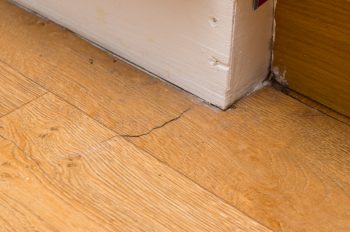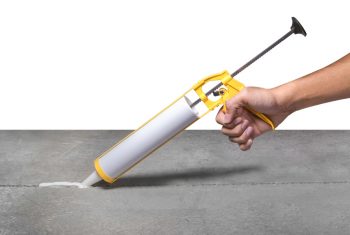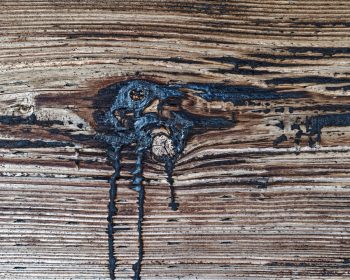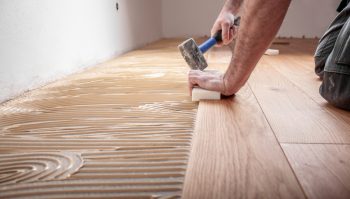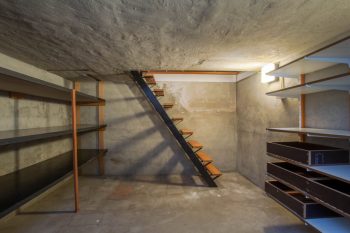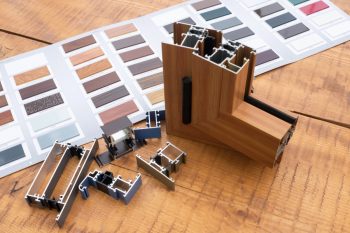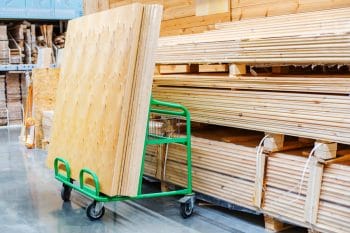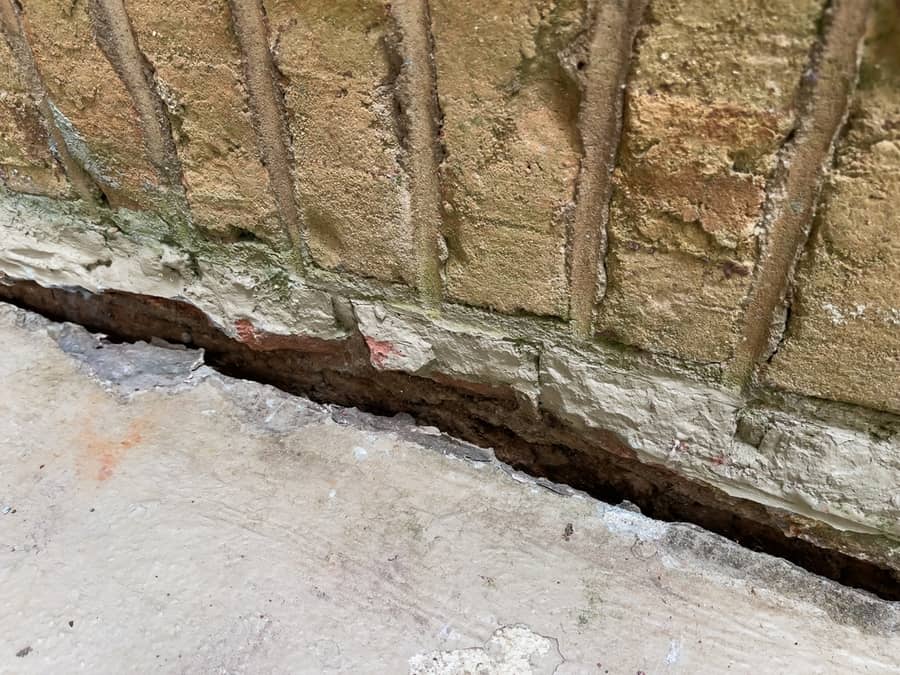
Is the concrete slab of your house or garage uneven? You want your concrete slab to look flawless. But one side is higher than the other.
Uneven concrete slabs are very common in homes, especially those that may have been built long ago.
The issue of the uneven concrete slab must be fixed immediately while waiting for the curing process to take effect. This can easily be done by using this guide:
- Remove the uneven slab
- Preparing the area by cleaning it up
- Mix and apply the self-leveling compound
- Clean up and let it dry
Using this expert guide, you can easily fix uneven slabs with a few materials and a little time.
This expert guide sheds more light on how to fix uneven concrete slabs.
Expert Guide on How To Fix Uneven Concrete Slabs
Having problems with concrete slabs in your house or on your walkways? If your concrete slabs are cracked and uneven, it’s time to take action.
Here is an expert guide on how to fix uneven concrete slabs:
1. Remove the Damaged Concrete
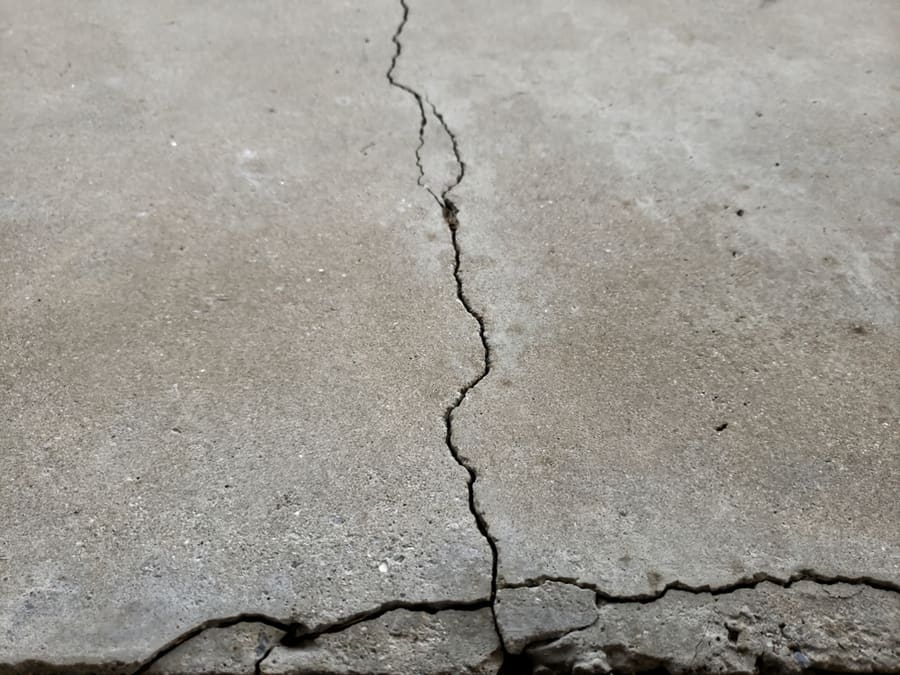
You can use a hammer and chisel or an angle grinder with a diamond blade to remove it. If concrete patches are not damaged, you can leave them in place and fill them with new concrete later.
Use care to avoid damaging the surrounding concrete, especially with an angle grinder.
You can even use a jackhammer to break up any concrete that has been poured but try to keep the damage limited to just where it needs to be removed.
Then use pry bars or hammers to remove pieces of concrete from around the edges of your concrete slabs to lift them out without damaging any part of your home. Use a heat gun if necessary for stubborn spots.
2. Thoroughly Clean the Area
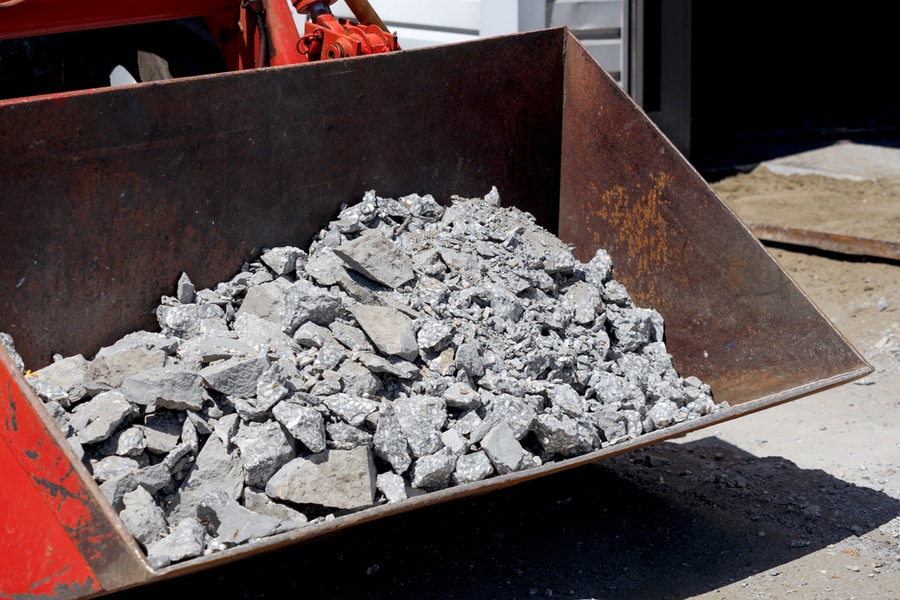
It is important to clean the area thoroughly before doing any repairs or replacements. You cannot repair a damaged area if there is dirt or debris on top of it.
So, before starting any repairs, ensure that there is no debris on top of your concrete slab and that it is completely clean.
You can use a broom and dustpan to remove all dust and debris from your garage or basement floor, where your concrete slab is located.
Use a vacuum cleaner if necessary so that all dirt particles are removed from underneath your garage flooring or basement flooring.
3. Check the Slab for Defects
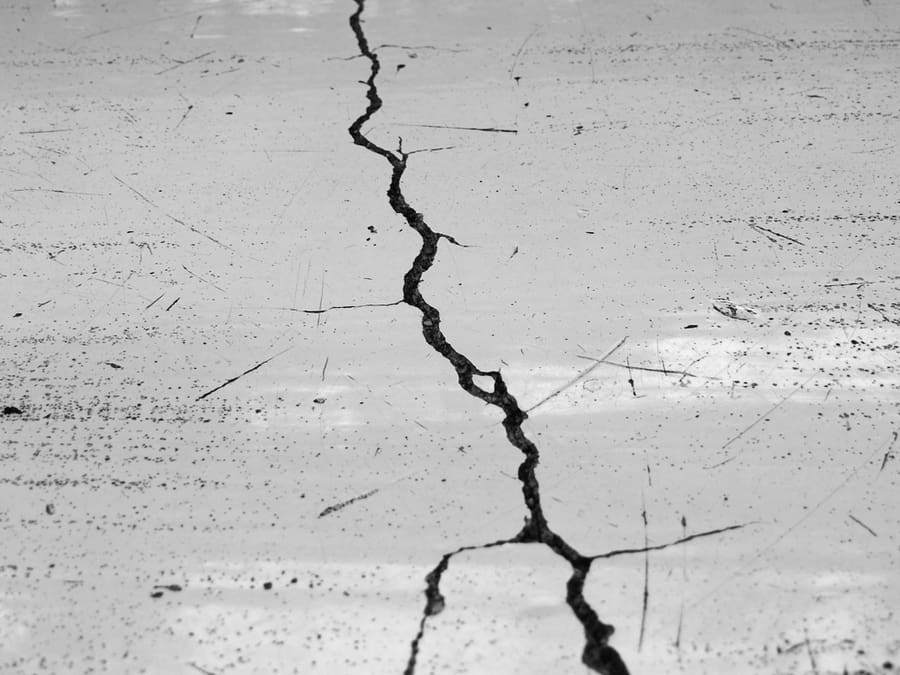
This can be done by tapping on the surface with a hammer or using a long steel rod with a soft rubber tip on one end.
Look for defects like bumps and depressions in the surface, usually caused by uneven weight distribution or poor compaction during construction.
If no obvious defects are present, look for cracks in the surface of your concrete driveway or sidewalk.
It may also mean checking for other defects like potholes or dips in the surface, which can cause unevenness when filling in with concrete.
4. Measure the Depth and Length of the Slab
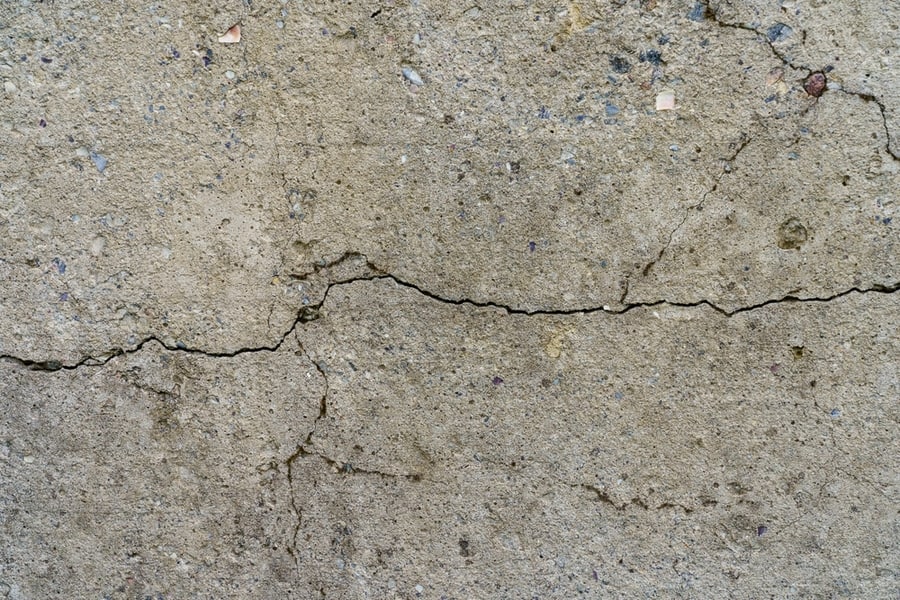
To ensure that your slab has an even thickness, you’ll need to measure its depth and length. You can measure from one end to another or from one corner to another, depending on where you’re building your home.
The depth should be measured at several points across the entire slab to ensure there aren’t any areas where it is thinner than others.
Measure the depth of your concrete slab using a tape measurer. If there are areas that are higher than others, mark them so that you know where to make your cuts later.
Measure the length of your concrete slab and any areas higher than others by using a chalk line tied between two stakes at equal distances from each other across your yard or driveway.
5. Calculate How Much Material Is Needed To Fill the Void
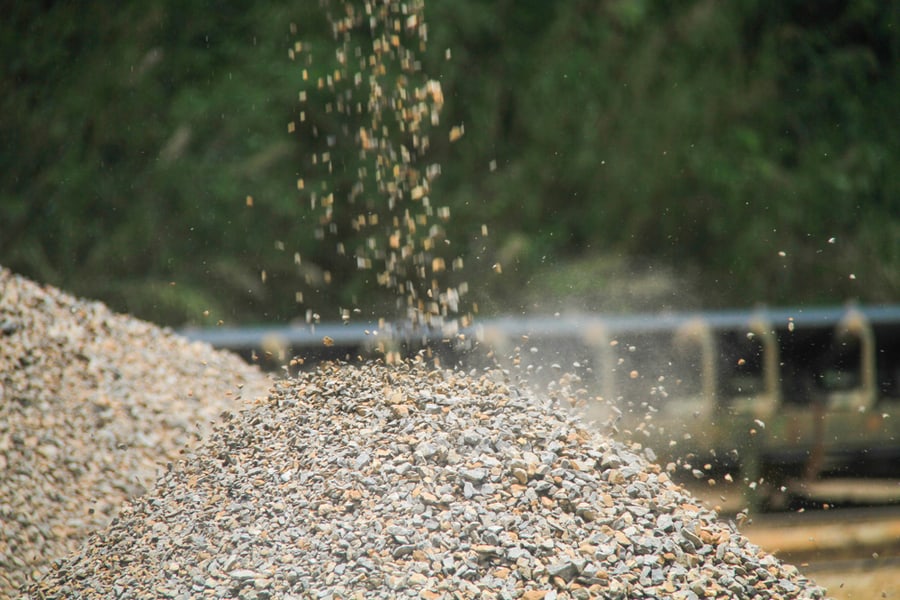
You can calculate how much material is needed to fill the void by using this formula:
Material Needed
(Original slab thickness – New slab thickness) / 2 + (1/2″ for each slope).
For example, if you have a 15″ thick slab and want to add 1″ of concrete over a 4″ slope, then you’ll need the following:
15 – 13 = 2.5 + (1/2 * 4) = 9.5 cubic yards of concrete.
6. Mix Up Your Concrete
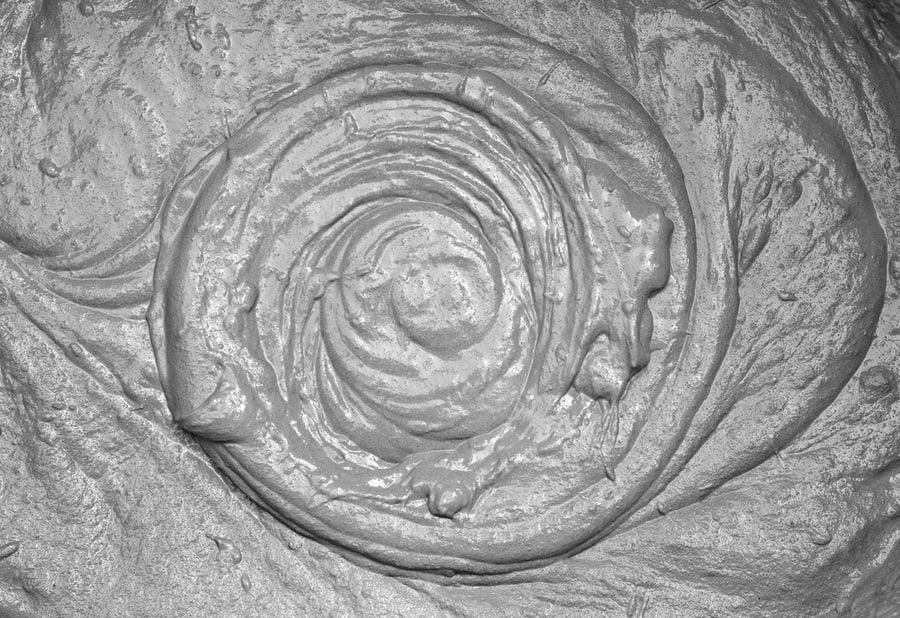
Mixing your concrete is a great way to save money, and it’s not hard to do. The best mix ratio for concrete is 1 part cement to 2 parts sand and three parts gravel.
To strengthen the concrete, you can add fly ash or ground granulated blast furnace slag.
7. Pour Concrete Over Low Spots
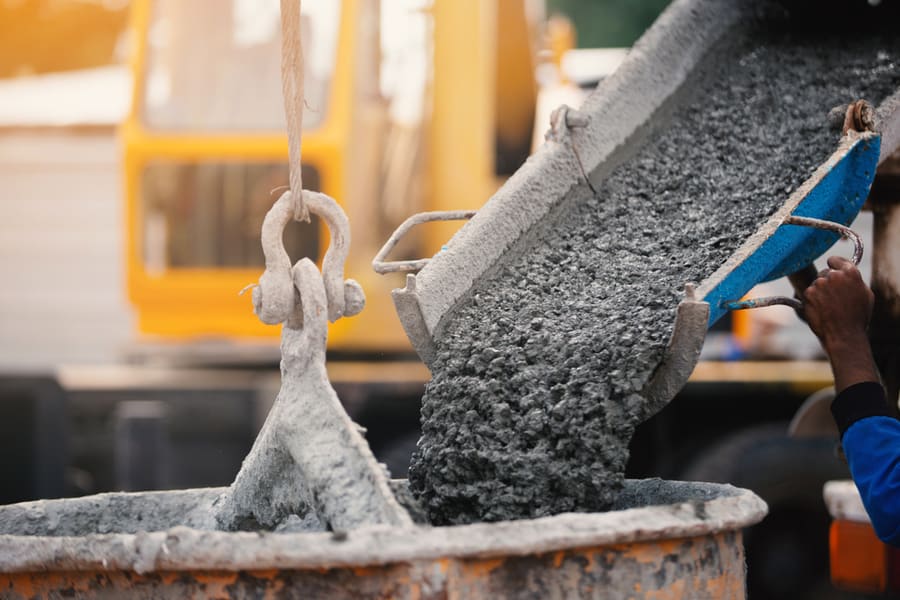
To fix the uneven concrete slab, you’ll need to pour a layer of new concrete over the existing slab. The idea is to create a new layer of concrete thicker than the original slap to fill any low spots.
Use your shovel to add fresh concrete over any low spots in the slab until the surface is level again. This will raise it to match the rest of your driveway or patio surface.
If multiple dips exist in one spot, add more than one layer until everything matches up.
8. Level Out the Concrete With a Trowel

The best way to level out uneven concrete is to use a trowel. Trowels are flat, thin tools with long handles that you can use to smooth out the surface of the concrete.
They’re made of metal or plastic and come in various sizes.
To level out uneven concrete, place the trowel on top of the slap and press down lightly with your hands. The tool should make contact with the entire surface area of the concrete.
Use your weight to press down on the trowel as you move it across the concrete. Continue moving back and forth until there are no more bumps or dips on the surface.
9. Apply Concrete Sealant

The sealant will help fill in any gaps and create a smooth surface for walking on. Before applying the sealant, make sure that you can clean off any dirt or debris from the slab so that the sealer will adhere properly.
After cleaning the surface, you can apply a thin sealant layer using a pump sprayer or roller.
You’ll want to wear gloves when applying concrete sealer so that you don’t get any of it on your skin or clothes.
If you get some on these surfaces, wash them right away with soap and water, so they don’t stain permanently.
Some of these products may be harmful to your skin when mixed incorrectly.
When applying these products, ensure that you follow all safety precautions listed on its label and any instructions given by the manufacturer or retailer who sold you the product.
10. Let the Concrete Dry Completely Before Walking on It
It’s important to wait until your concrete slab is completely dry before you walk on it. If you do otherwise, you will get a permanent imprint in your concrete that looks like a ghost image and ruins its appearance.
This happens because there are still moisture pockets underneath the surface layer of concrete that have not yet dried out completely.
The pressure from your feet forces these pockets to crack open and release water vapor into the air. It evaporates quickly away from your eyesight, leaving an imprint of your footfall pattern on the surface of your slab.
This is why it’s important to allow all concrete forms to cure before walking on them.
Conclusion
Uneven concrete slabs can be frustrating, especially when you regularly walk over them. Use these expert guides to help fix your uneven concrete slabs and make your life much more bearable.
You need to clean the area well, mix and apply the concrete to the void and let it dry.
It may seem daunting at first, but if you stick to these tips and work methodically, you can minimize the risk of another crack developing.
And that’s not just good for your surfaces; it means fewer repairs and less money spent in the long run.
Frequently Asked Questions
Can You Repair Uneven Concrete?
Yes. You can repair uneven concrete by using a concrete leveling compound, a special mix of sand and cement that you use to fill in low spots in your slab.
You can also use it to fill in cracks or holes, which will help prevent them from getting bigger. Concrete leveling compounds are available at most hardware stores and home centers.
How Do You Fix an Uneven Concrete Pad?
If your concrete pad is uneven, you can use a level tool to see where the high and low spots are. Then, you can try to fill in the low spots with more concrete until it’s even.
If your concrete is too thin or weak, you may need to remove it and start over again.

